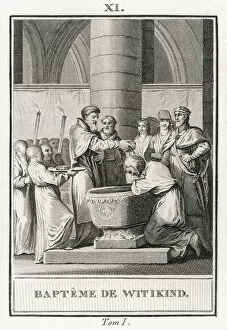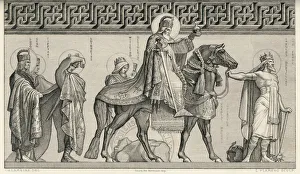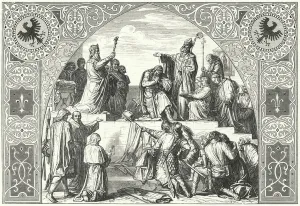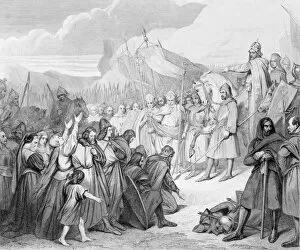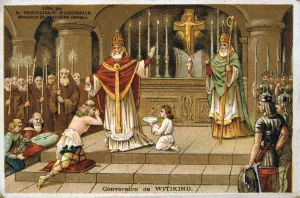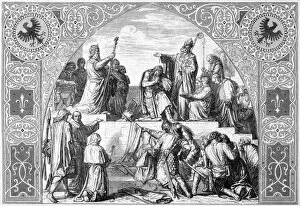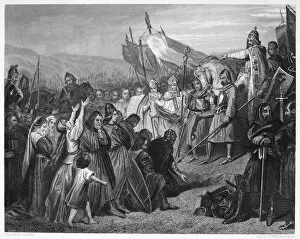Wittekind Collection
"Wittekind: The Saxon Leader Who Defied and Converted" In the tumultuous era of Charlemagne's reign, one name stood out - Wittekind
All Professionally Made to Order for Quick Shipping
"Wittekind: The Saxon Leader Who Defied and Converted" In the tumultuous era of Charlemagne's reign, one name stood out - Wittekind. This fearless Saxon leader played a pivotal role in shaping history, leaving an indelible mark on the annals of time. Charlemagne, known for his military prowess and ambition to unite Europe under his rule, found himself facing a formidable adversary in Wittekind. Their clash was inevitable as Charlemagne besieged Wittekind's stronghold, determined to bring him to submission. But fate had other plans. In a surprising turn of events, Wittekind underwent a profound transformation - he converted to Christianity. This unexpected conversion not only changed the course of his life but also altered the dynamics between these two powerful figures forever. The tomb of Widukind stands as a testament to this enigmatic figure who passed away in 785. A handcoloured copperplate engraving immortalizes this final resting place, symbolizing both victory and defeat. Even amidst conflict and rivalry, moments of camaraderie emerged. Engravings depict Franco-German amenities on their way to China; the "Aquitaine" (French Transport) and the "Wittekind" (German Transport) cheering each other at Port Said. These scenes remind us that even adversaries can find common ground when circumstances allow it. One defining moment occurred when Charlemagne received the surrender of Witikind at Paderborn in 785. This act marked not only political capitulation but also showcased Charlemagne's ability to forge alliances through diplomacy rather than force alone. Religion played an integral role throughout this saga. The baptism of Widukind served as a turning point for both him personally and for Saxony as a whole. It represented acceptance into Charlemagne's realm while simultaneously preserving elements of Saxon identity within this new framework.

